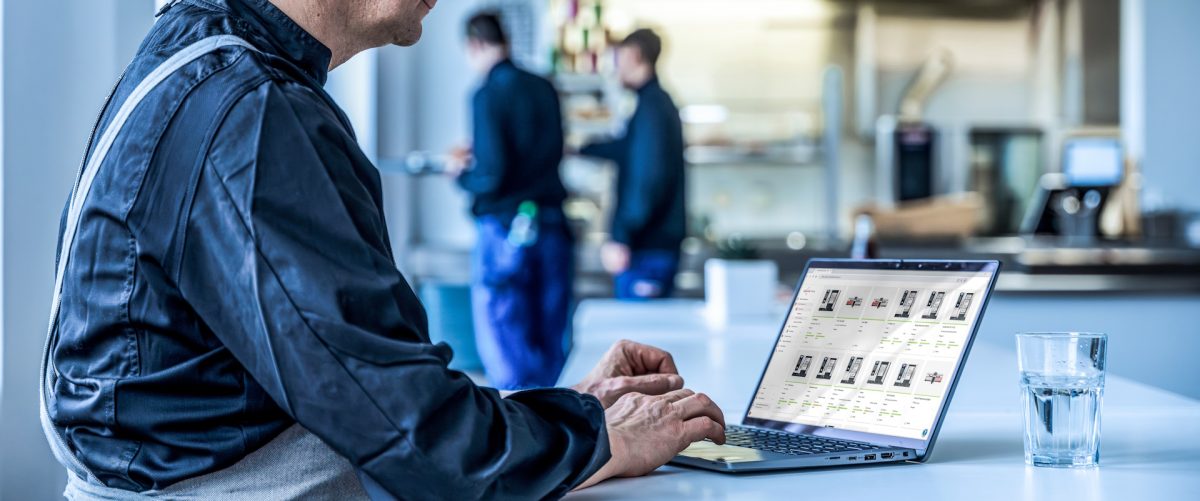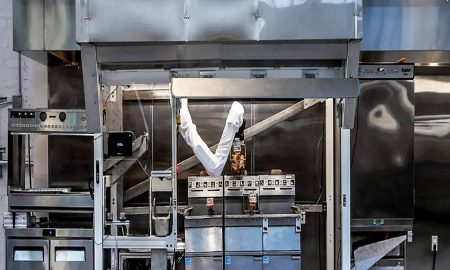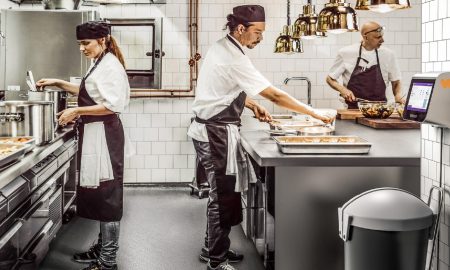It is considered by many restaurateurs to be the most annoying of all abbreviations – and yet everyone knows: Nothing works without it in the gastronomy industry. The fact that it is regarded as so onerous by many is perhaps also because it was formulated in a somewhat cumbersome and quite clumsy way.
What is HACCP?
HACCP stands for “Hazard Analysis Critical Control Points” and, let’s be honest, even if you are proficient in English, the first impulse is probably: What?
At first glance, it may seem to be a series of abstract terms. And, viewed in isolation, they can mean everything and nothing. But this is far from true, HACCP is a highly concrete, systematic approach to ensuring food safety that has proven itself successfully over the past decades. And what’s more: HACCP is actually a real success story that is benefiting the gastronomy industry and the food industry now more than ever before.
But let’s take a closer look. HACCP is a risk-based control system designed to ensure the safety of foods during production or processing. All risks to human health are recorded for this purpose. These hazards arise in particular at so-called critical control points (CCPs) of food production/processing. By defining and implementing appropriate measures at the CCPs, risks to the consumer can be eliminated or significantly reduced to an acceptable level, thus ensuring food quality.
Hygiene, for example, is fundamental here. In other words, every single step during food processing must be assessed for hygienic safety. In simple terms, this means looking at where and when which microbiological, chemical or physical risks could arise and how these can be avoided. But this will be looked at in more detail later.

Image: Rational
Who needs to implement HACCP?
Fact is, HACCP is mandatory. In the EU – and in many (at least western) countries outside the EU – every company that handles, processes or places food on the market is obliged to create a specific HACCP concept and document its implementation. This is usually controlled by government food inspectors. But what exactly does this mean?
“The food industry and thus the gastronomy industry, are the only ones to have government-regulated quality management – this is something other industries can only dream of!” says Kai Hader from the Digital Products and Services team at Rational. The topic of HACCP has been a part of Hader’s professional life for over 20 years – and for just over three years now, it has also been part of the Rational unit that is responsible for the extended digital services of the cooking systems and units. Hader explains why state-imposed control in particular should be seen as a blessing: “Many companies only realize the importance of standardized controls when it’s too late. In the gastronomy industry, on the other hand, it can offer an enormous number of advantages – providing it’s done right.” And Hader is extremely familiar with how to implement HACCP correctly. Not least because digitalization has changed not only the industry, but also the professional kitchen in recent years.
How did the hygiene regulations for the gastronomy industry come about?
The theoretical basis of the HACCP principle is anchored in the Codex Alimentarius. This is a set of rules first issued by an intergovernmental commission in the 1960s. The objective of this Commission, which to this day consists of representatives of the United Nations Food and Agriculture Organization (FAO) and the World Health Organization (WHO), was to: Create globally consistent food processing standards to ensure consumer safety. Today, the Commission is made up of 188 countries, meaning that the standards must be legally enshrined in each of these countries. The regulations have been continuously expanded and refined since they were first published. But what does the whole thing look like in practice and how is a HACCP concept created and implemented?
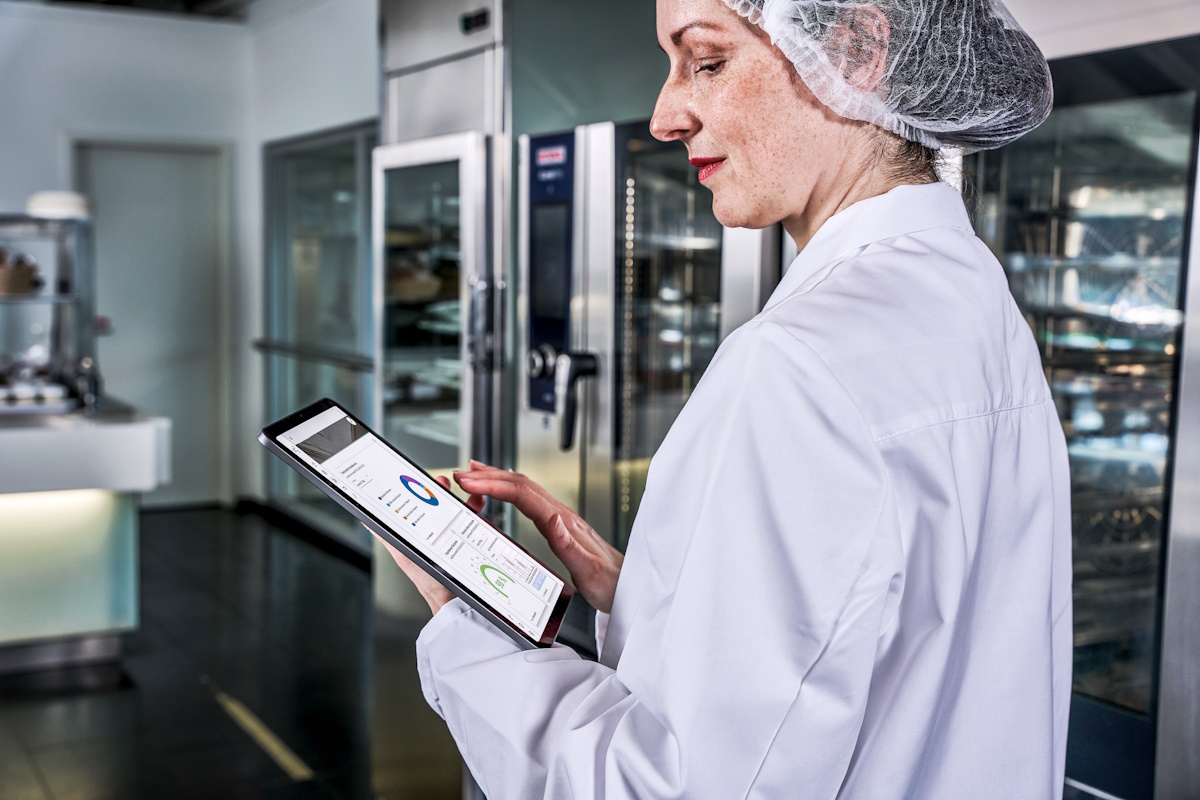
Image: Rational
HACCP in practice: 7 principles
The following seven HACCP principles form a kind of timeless basis for meeting legal requirements and creating a HACCP concept step by step for your own operation:
- Hazard analysis:
Where could potential hazards occur during a particular production process? Where could food spoilage, contamination or health risks arise for consumers, for example? - Determination of the critical control points (CCPs):
This includes the definition of those points where a specific microbiological, chemical or physical hazard can arise in the production/processing process and at which suitable measures can be taken to reduce or even eliminate these hazards. - Definition of limit values within CCPs:
Limits must be established for each CCP to ensure food safety. If the value is outside the tolerance, there is a safety risk. This can be, for example, the value for how low the core temperature of a food product can be. - Monitoring compliance with these limits:
Here, the workflow within the production process for complying with the above-mentioned limit values must be defined. This can be done, for example, by establishing monitoring systems with which the values are regularly monitored and logged. - Development of corrective actions:
However, if a limit value cannot be complied with, appropriate countermeasures must be defined to restore food safety. - Verification of measures:
This point is a double check to see whether the HACCP concept really covers all the required points. This can take the form of regular reviews and audits. - Documentation:
All these measures must be documented by law and must be verifiable afterwards.
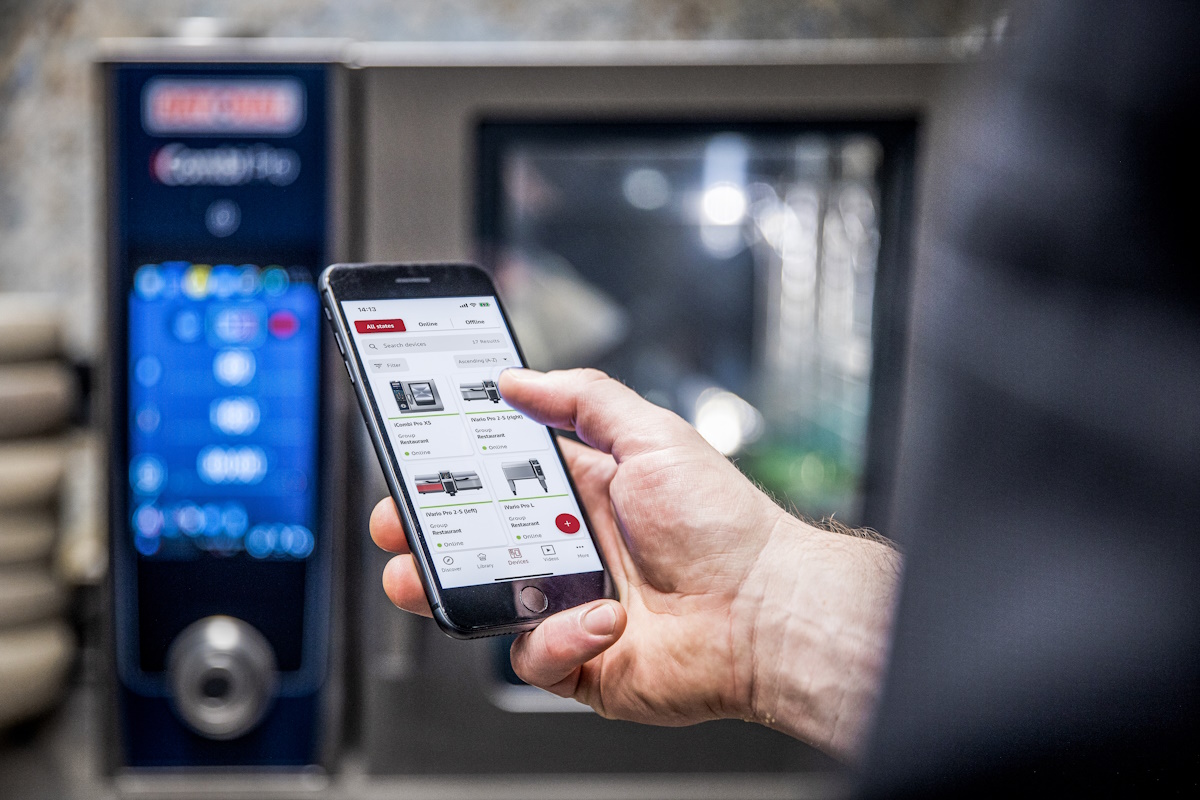
Image: Rational
CCP examples
There are many Critical Control Points (CCPs) throughout the HACCP system in the gastronomy industry. One of these is, for example, the random incoming goods inspection. The control point here is to ensure that the goods are delivered adequately cooled. By the way, the same also applies to the cold store or freezer room: Is the temperature there constant and within the limits so that food spoilage can be ruled out?
Another example relates to the preparation of food: The core temperature plays a key role here – especially for foods such as chicken or pork. “For many foods, food safety can only be achieved through cooking,” explains Hader, “this sometimes also applies to vegetables, pasta or rice. After all, they can only be enjoyed safely if they are really cooked.” But how do you make sure that all the control points mentioned are actually fulfilled? What if something goes wrong? This is precisely where what Rational calls “Connected Cooking” comes into play.
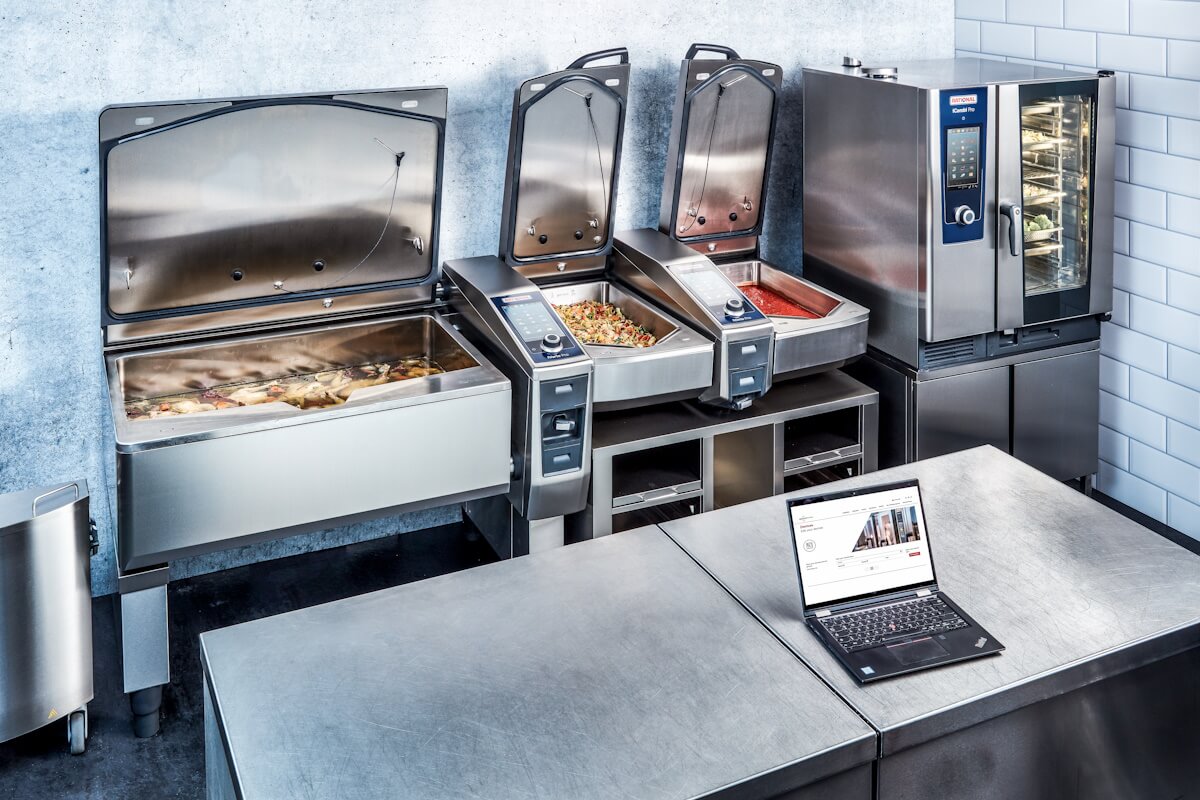
Image: Rational
HACCP management with ConnectedCooking
Hader: “ConnectedCooking is a cloud-based application – a digital kitchen management system that doesn’t just allows me to clearly document all my HACCP data. I can also individually adapt my HACCP concept to my kitchen processes, providing me with even more efficient HACCP management.”
And he gives a concrete example: “In the case of random incoming goods inspection, the chilled product is measured using a Bluetooth thermometer. The digital HACCP checklist, which is created in the cloud, knows what temperature the relevant product must have when goods are received. If this limit is exceeded, the system reports this – usually on an iPad – and the relevant employee is aware that something is wrong. If this happens relatively frequently, everything is accurately documented so that you can provide the supplier with the exact data to find out why. However, if the temperature is right, the cloud logs and saves this control point as fulfilled. So, if a food inspector pays a visit, everything is documented with the exact date and time. This also saves many restaurateurs the tedious task of filling out lists, which can rarely be done as synchronously as is prescribed during a stressful working day.”
Save costs and energy with automatic HACCP documentation
The same applies to the core temperature of food: When using a Rational steam cooking program, the core temperature is automatically transferred to the cloud as part of the cooking process – for example cooking chicken – as soon as it has been reached. Here, too, food safety is documented synchronously. The same applies to the sensors in the cold store, which display the temperature synchronously in the cloud. “We often see that companies have set their freezer room to minus 26 degrees – just to be on the safe side. But with a tool like “Connected Cooking”, you can set the freezer exactly to the prescribed minus 18 degrees without having to worry. This saves energy – and of course also lots of money.”
At this point at the latest, it becomes clear what Hader means when he says that HACPP should also add value for every restaurateur. “It’s not a mess of authorities, it can definitely make operations safer, more efficient and simply better. If you know how to do it.”


